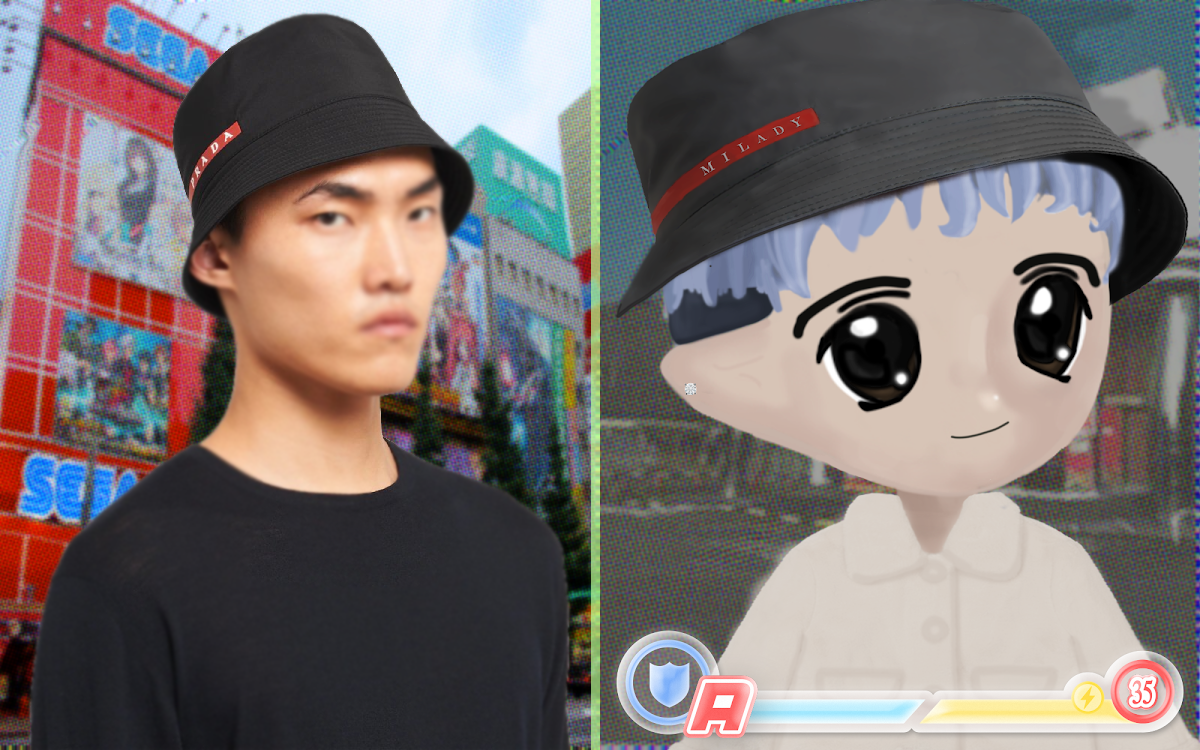In the fast-paced world of cryptocurrency and nonfungible tokens (NFTs), the Milady Maker, an NFT project on the Ethereum blockchain, initially seemed like a small, whimsical venture. Launched in 2021, it is described as “generative pfpNFTs in a neochibi aesthetic inspired by street style tribes,” Milady Maker is an exclusive collection of 10,000 anime profile picture NFTs designed by the project’s co-founder, the pseudonymous “Charlotte Fang.”
These NFTs feature cute anime-style girls sporting various outfits, gaining popularity on platforms like Twitter and supporting derivative expansions and themed accessories like hats and shirts. Each Milady has a “drip score” indicating rarity and style. The project also offers a vibrant community experience, including Milady VRtube avatars, city raves, bootleg merch, and a custom Minecraft metaverse.



Images courtesy of Milady Maker
Initially, the project seemed unstoppable with Tesla CEO Elon Musk publicly endorsing Milady NFTs in May 2023, leading to a surge in their floor price. But early community behaviour quickly raised concerns, with online aggression, offensive content and rumours surrounding Fang. In May, the project faced a significant downfall when screenshots of racist and extremist content shared within the Miladys Discord were exposed by a Twitter user named 0xngmi. It was also alleged that Charlotte Fang was connected to an obscure 4chan-based online suicide cult, which dealt a severe blow to her credibility. Shortly after, Fang admitted to most of these allegations and stepped down as the CEO of Miladys.
This revelation led to a dramatic drop in the NFT’s value, losing 60 per cent of its worth in a single weekend. Headlines like “NFT Project Milady Maker Faces $1 Million Fee Exploit
“, “Miladys NFT Prices Tumble After Creator Doxxes Self” and “NFT Project Milady’s Charlotte Fang Accused Of Racism And Homophobia” flooded the internet.
The inevitable exposure of the unethical practices that often accompany Web3 activities means that investors are becoming more cautious. Venture capital funding in the crypto space has witnessed a significant decline in 2023 compared to 2022. In the first quarter of the year, crypto VC deals amounted to approximately $2.6 billion, with around $2.1 billion invested across 292 funding rounds in Q2.
This shift is compounded by concerns about a lack of regulation in the crypto sector. This month, Fang revealed that a developer within the Milady ecosystem diverted approximately $1 million in fees from Remilia Corporation, the decentralised autonomous organisation (DAO) or digital art collective behind Milady Maker NFTs.

Image courtesy of Jonathan Borba
The Remilia Corporation emerged from the Gen Z art scene in New York City. This scene, often dubbed “alt-left,” gained notoriety for its edgy and anti-mainstream stance, attracting interest from prominent techno-libertarians like Peter Thiel and Curtis Yarvin. The movement combined elements of digital anarchism, fascist occultism and dense irony, challenging conventional notions of art and censorship.
Remilia Corporation, primarily operating via Twitter group DMs, created Milady Maker as a way to sell NFT-themed profile pictures, reminiscent of early internet avatars. The collective’s focus on transgressive online performance and disregard for political correctness was a point of contention within the crypto space, which already had its share of controversies.
The Remilia Corporation’s ties to the Urbit-focused digital art scene and its affiliation with figures like Curtis Yarvin further complicated its standing in the Web3 community. The controversy around the Miladys NFT collection, including an NFT referencing the Treblinka concentration camp, raised questions about the collective’s intentions and its association with pseudonymous Substack writer Angelicism01, known for his provocative content.
In an attempt to clarify their position, Remilia Corporation founder Charlotte Fang outlined their philosophy, using terms like “network spirituality” and “transcendental posting” as a form of contrarian ideology. However, this only deepened the confusion surrounding the collective’s intentions and the blurred lines between satire and sincerity.

Image courtesy of Benjamin Lehman
The controversy around Milady Maker eventually exposed Fang’s history as an online extremist under the pseudonym “Miya” and her alleged involvement with the TSUKI Project, an online suicide cult. This revelation further damaged the NFT project’s reputation, causing its value to continue to plummet. Despite the setbacks, Fang maintained that Remilia Corporation would continue under a new name, highlighting the challenges of navigating the digital landscape while confronting the past in a context where historical context often gets lost.
In essence, the Milady Maker NFT project and the role of the Remilia Corporation serve as poignant illustrations of the intricate and frequently contentious dynamics present within the realms of cryptocurrency and digital art. These domains highlight the considerable difficulties of presenting groundbreaking art in the context of online communities in the Web3 era, where financial motivations and ideological conflicts persistently mould the landscape.
It is important to acknowledge that dark corners of the online sphere are rooted in a lengthy history of radical ideologies and behaviours, and even as Web3 advocates strive to construct a more virtuous internet, they remain susceptible to enduring challenges such as the exploitation of anonymity for the recruitment of individuals into dangerous fringe movements. Uncritically adopting NFTs as progressive extensions of the art world is a recipe for disaster.

Image courtesy of Jefferson Santos



















































